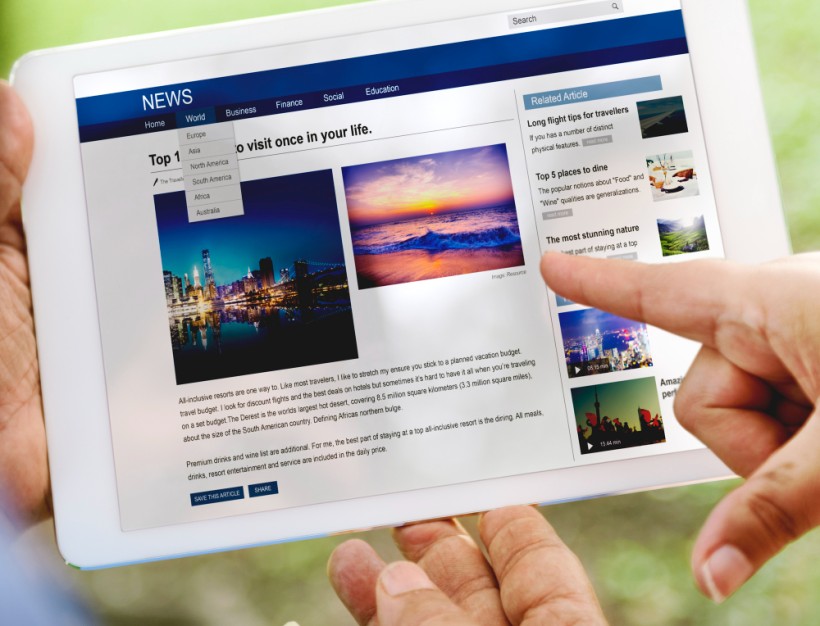If you lead a business today, you’re probably already using AI. According to McKinsey, about 78% of organisations now use AI in at least one business function. A Lucidworks study found that 93% of companies plan to boost their AI investment this year, while PwC’s May 2025 survey of 300 senior executives showed 88% intend to raise their AI budgets due to agentic AI.
However, nearly 79% said AI agents are already embedded in their operations, and two-thirds (66%) report they’re delivering measurable productivity gains.
Those numbers tell a story of maturity. The question isn’t whether to adopt AI but whether leaders can guide its use wisely enough to make it truly transformative.
The Dos of using AI
- Identify real business problems before choosing tools.
AI should solve a bottleneck, not create a new one. Start with the problem: missed deadlines, long approval cycles, or inconsistent reporting. Then pick tools that help you fix that, not whatever tool is trending on LinkedIn. - Involve your team early and build internal champions.
People resist what they don’t understand. Bring your team into the process early. Show them how AI can make their jobs easier, not threaten them. The fastest way to scale adoption is through peers who advocate for it. - Create clear policies and workflows before scaling.
Set rules around data use, output review, and security. Decide what AI can and can’t touch. This protects your organisation from compliance risks and ensures consistency across departments. - Use AI to enhance, not replace, human judgment.
AI can process information faster than you, but it can’t care more than you. Use it for analysis and ideation, but keep people in charge of decisions, ethics, and tone. - Track outcomes and refine use cases regularly.
Don’t treat your first AI rollout as final. Review performance, ask for feedback, and refine as you go. Continuous improvement matters more than big launches. - Encourage experimentation within defined guardrails.
Give teams room to test, fail, and learn — as long as it’s within policy. Safe experimentation builds confidence and helps discover new efficiencies. - Prioritise transparency in how AI is used across teams.
Make it clear what’s automated and why. Transparency builds trust internally and externally. When customers or employees know how AI contributes to a process, they feel safer engaging with it.
The Don’ts of using AI
- Don’t adopt tools just because they’re trending.
Shiny new apps pop up daily. Trend-chasing leads to fragmented systems everywhere. Pick a few good tools and master them. - Don’t delegate critical thinking to machines.
AI should inform your judgment, not replace it. Keep a human in the loop, especially for decisions that affect people, money, or reputation. - Don’t ignore data privacy, bias, or compliance risks.
Every AI tool touches data. Know where that data goes, who owns it, and how it’s used. An oversight here can become a headline tomorrow. - Don’t expect instant results or ROI.
AI improves through iteration. Your first few use cases will feel clunky. Give it time to learn your context, and train your team to spot opportunities for improvement. - Don’t roll out tools without proper training.
When people don’t understand how AI works, they either misuse it or ignore it. A few hours of structured training upfront can save months of rework. - Don’t automate communication that needs a human touch.
Customer complaints, layoffs, and sensitive updates deserve empathy, not automation. Let AI draft, but let humans decide what goes out. - Don’t lose sight of your company’s values in pursuit of efficiency.
Just because you can automate something doesn’t mean you should. Let your values guide what AI handles and what remains human.
Common AI tools for business leaders
- ChatGPT (OpenAI) — Assists teams with drafting reports, automating responses, brainstorming ideas, and summarizing large documents quickly.
- Notion AI — Automates note-taking, project management, and knowledge organisation. Great for building company SOPs.
- Perplexity AI — Acts like a smart research assistant that finds and summarises reliable information fast, with sources you can verify.
- Asana AI — a powerful addition to the Asana project management platform, designed to streamline collaboration and productivity.
- Napkin AI — Simplifies design work by turning prompts into polished visuals or presentations.
- Tableau with AI Insights — Analyses business data and visualises trends, helping leaders make data-backed decisions.
- Microsoft Copilot — Embeds AI directly into productivity tools like Excel, Outlook, and Teams to automate repetitive work.
- Grammarly — Enhances writing by suggesting clearer, more professional language in real time.
- Otter.ai — Provides real-time transcription of audio recording and searchable notes for meetings and interviews.
- Fathom — A meeting assistant that integrates with Zoom or Google Meet to automatically record, transcribe, and summarise calls with minimal setup.
Final thoughts
AI isn’t here to replace leadership, it’s here to reveal it. The more clarity you bring, the better your results. The more discipline you apply, the safer your innovation.
In this guide, we explored the global adoption of AI in organisations, the dos and don’ts of using AI and the tools that can make your operations smarter without losing sight of your people.
The goal is to integrate AI where it matters most, with purpose and balance.
If you found this article useful, check out some of our other pieces on How to use AI to improve your copywriting workflow, How African marketers are leveraging AI in 2025 and many more.





